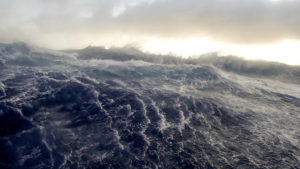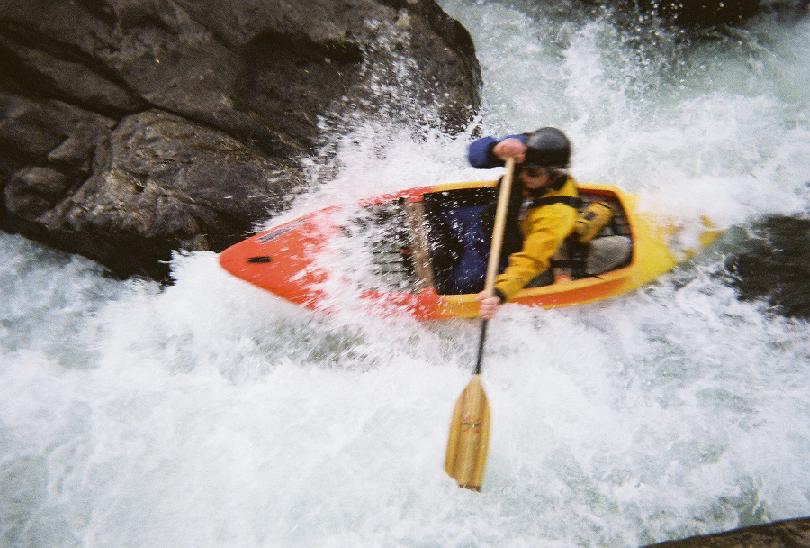Kayaking is a fun and enjoyable activity that can be enjoyed all throughout the year. If you live near a popular area, you will notice that many people love swimming and boating in different bodies of water. At times, there will be many other boaters who want to go out and have fun, as well. This can lead to a lot of traffic on the water, so it’s important for kayakers to follow traffic rules.
Here are some tips and guidance/advice to help you while you enjoy your kayaking adventure in a crowded area. You should be very careful and alert, when it has to do with these particular categories.

Visibility
Big boats and ships will not be able to see you and other, smaller boats. In fact, the only thing that they might see is a flash of paddle plates. If you’re going to be on waters with bigger boats, then fire, smoke signals, and lights can make you more visible.
A common law for all kayakers is that they must carry a bright light and wear bright clothing, especially at night, to avoid accidents.
Right-Of-Way
Since kayaks are very flexible, it is up to us to maneuver ourselves out of the way. However, there are some situations where other boaters cannot see us.
In narrow channels, kayakers will have to stay to the right, which is closer to the shore. This is so we don’t get in the way of larger vessels that must direct themselves to certain areas to be safe.
If the kayaker is near a rough shore, then they will have to wait until there is no traffic, and then go down the middle.
Collisions
To avoid collisions, you should let other boats pass you to your left, and they should do the same for you. It’s important to make a course of correction, so they know which way you are heading.
You must pay close attention to traffic from the start and maneuver properly, because they might not be able to see you. This is especially true if the boat was entering the water away from the marinas.
In order to avoid a future accident, it’s important to know where the shipping lanes are. These are areas where only ships and ferries run. You should avoid these areas to prevent an accident.
If you must cross them, do it carefully, and with great speed. You can also do this in a perpendicular pattern as well.
The most dangerous piece of advice is to not try to outrun a ship or a speedboat, because that will definitely not be possible.
Speedboats And Other Watercraft
These guys cause many problems, because they are extremely fast and oblivious to the rules. These bad boys can steer towards you to scare you or give you a thrill, and then drive away.
The best thing to do is be very cautious when they are nearby, and be aware that they are very fast, can cause major damage, and even be life threatening. Stay out of their way, if possible.
Conclusion
Kayaking is a fun and adventurous activity, but it can be quite dangerous. The important thing is to stay alert and know your surroundings. You should also avoid shipping lanes, because that’s where all the big boats are going. If you see a speedboat, try to get out of the way as soon as possible. This is mainly because the kayak will not be able to outrun them.
It can be challenging to go kayaking in a crowded area. But with both caution and these useful tips, you will be able to enjoy a safe and exhilarating activity throughout the year, especially during the summer. For kayaking recommendations, here is the Killer Kayak’s Sun Dolphin Bali 10 sit on kayak review. Additionally, you can find information about an Oru kayak for sale here.

